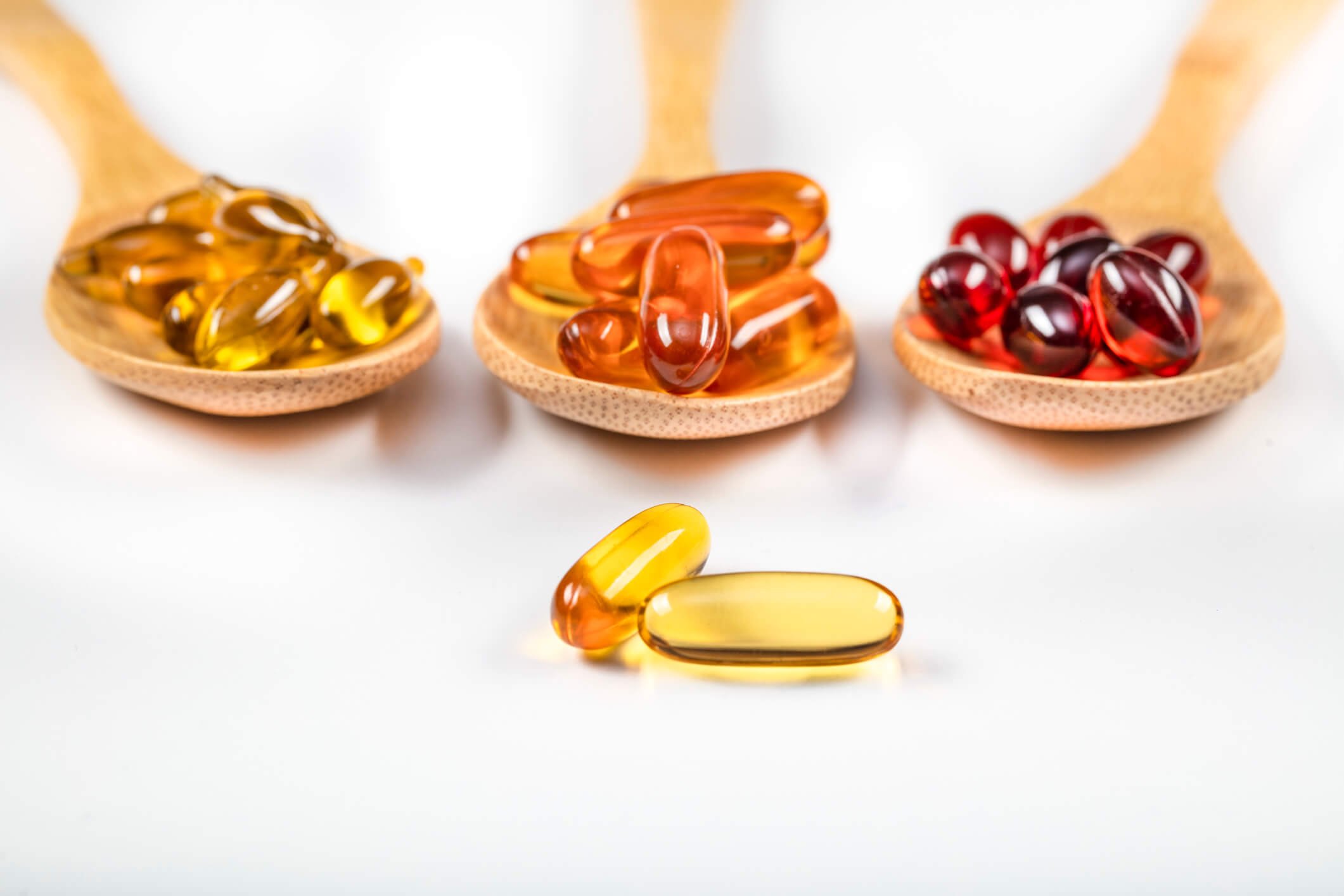FTC disclaimer: This post may contains affiliate links and we will be compensated if you click on a link and make a purchase.
As a prudent consumer, you have to be concerned about fish oil purity.
Fish oil manufacturing is a largely unregulated industry. There is no consumer watchdog organization looking out for your interests, so you must protect yourself.
Fish oil can contain impurities, or even toxic contaminates unless the manufacturer chooses uncontaminated fish and processes the fish quickly and effectively using molecular distillation.
Fortunately, very few manufacturers stand above all the others in the purity of their fish oil.
What Are The Contaminants That Can Get Into Your Fish Oil?
Toxic contaminants that can be found in fish oil are:
- Polychlorinated biphenyls (PCBs)
- Dioxins
- Heavy metals such as mercury.
Where did these contaminants come from?
- From pollution
- Mercury is a byproduct of coal-burning
- PCBs were used in electrical insulation
- Dioxins are the active ingredient in defoliants used during the Vietnam Way.
Unfortunately, these pollutants rarely break down.
Although the production of PCBs and dioxins has long been banned, they continue to be part of the marine food chain.
That’s how they end up in the fish used for fish oil.
How to Choose Uncontaminated Fish Oil?
The First Way To Avoid Contaminants In Fish Oil Is To Choose Uncontaminated Fish
Understanding the problem of contaminants, as you now do, you will also understand the value of using fish from clean waters as the source of fish oil.
It is also an unfortunate fact that our oceans are becoming more polluted.
Spilling tens of millions of gallons of oil into the Gulf of Mexico has affected the cleanliness of the water and the ecosystems in the area, as per the report.
Don’t you think ocean current will spread the problem far and wide?
And also, the oceans with the most ship traffic will have the most pollutants as the ships discard their waste into the water.
Much of the fish used for fish oils are taken from waters that are becoming more polluted.
You need to consider the manufacturer that uses the fish caught in the pristine waters of the Southern Ocean (sometimes called the Antarctic Ocean), which has never been exposed to contaminants and heavy metals.
In addition, the ocean area where the Hoki fish are located is nowhere near any shipping lanes.
As a result, the Hoki fish and their oil contain no detectable contaminants.
Using fish from clean waters is an excellent first step in ensuring that the fish oil on your table will be clean and pure.
Processing out any contamination
Processing out any contaminants is the second step in producing pure fish oil.
According to research, contaminated fish oil with polychlorinated biphenyls (PCBs) and organochlorine pesticides (OCs) may give rise to inflammation and oxidative stress and affect serum lipid profiles.
After the fish are caught, the fish oil is extracted from the fish.
This process needs to occur promptly while the fish is fresh before it oxidizes and becomes rancid.
Many manufacturers use fish transported long distances over long periods by large fishing boats.
You need to consider fish caught close to their processing plant so they can be processed as quickly as possible.
For example, tuna fish is found in the South Pacific ocean, and if the manufacturer is located nearby, it can be processed quickly.
The manufacturer puts fish through a special proprietary purifying process to filter out all impurities at the plant.
After that, even more, purification is done. The fish oil is molecularly distilled and concentrated.
The Best Ways To Check Your Fish Oil’s Purity
There are several good ways to check the purity of your fish oil.
First, check with the manufacturer.
Manufacturers of fish oil test each batch they produce. However, in many instances, the manufacturers do the testing themselves.
You should select a manufacturer that has its fish oil tested by an independent laboratory and that publishes the test results for you to see.
There are currently four international standards for purity.
- The International Fish Oil Standards (IFOS)
- The Council for Responsible Nutrition (CRN) standards
- The European Pharmacopoeia standards
- The Norwegian Medicinal standard.
You need to consider fish oil that meets all these standards.
Also, look for fish oil that passes testing for mercury and total PCBs content, and mention the acceptable level of dioxins.
Smell the fish oil
Here’s another way to test the purity of your fish oil: Smell it!
Bite or cut open the fish oil capsule and smell the contents.
If it has a strong fishy smell, there is a good chance that it is not as pure as it should be.
A really strong fishy smell can signify that the fish oil is rancid.








